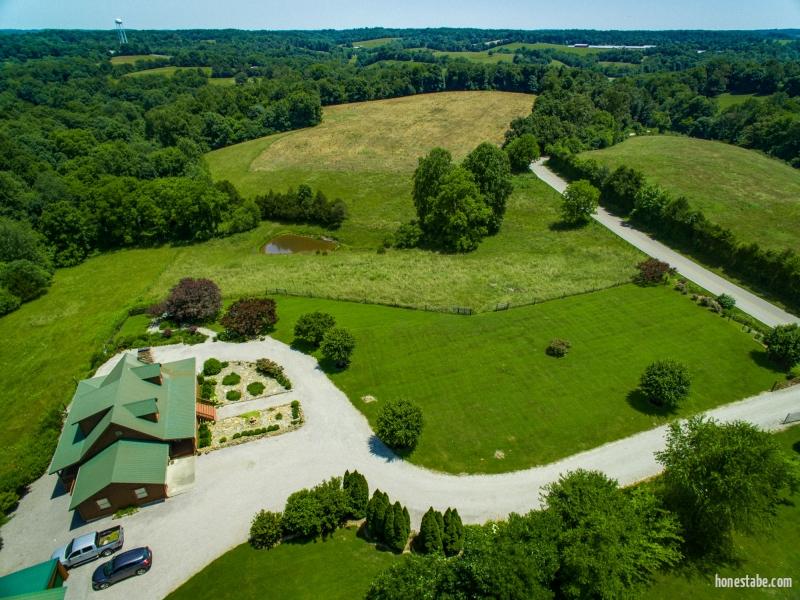Life outside the hubbub of cities and towns has become more desirable in recent years, and that is reflected in the increased demand for log cabins and timber frame homes in remote locations.
Along with special considerations regarding materials delivery, utilities installation and site preparation, homeowners who build remotely should also plan their response to a medical emergency.
If first responders are more than 20 minutes away, a victim is considered to be in a “wilderness” setting. This means that there is a need for homeowners (and perhaps frequent guests) to become trained to respond to emergencies a little differently than if in a location where calling 911 would initiate a faster response.
CPR
It is recommended everyone over the age of eight becomes certified in CPR. The techniques have changed over the years with the latest standards just being released to the public in August of 2022.
The goal of CPR is to keep oxygen rich blood circulating the vital organs of the body until an AED (automated external defibrillator) arrives and is made operational. Investing in an AED to keep on the property is strongly encouraged.
Knowing CPR, practicing the skill regularly and having an AED onsite are critical to the survival of someone’s survival of a cardiac emergency.
First Aid Kit
A well-stocked First Aid Kit is an additional step that all homeowners should take to assure that you have supplies handy to respond to injuries to muscles, bones and joints, sudden illnesses, stroke, burns and cuts. In addition, a stop the bleed kit should be in every first aid kit for possible serious bleeding emergencies.
First Aid supplies are only useful if people are trained to use them properly. A certification for lay rescue first aid or a wilderness first aid course should be taken every two years.
Remember that as items are used, they should be immediately replaced. Also, every item has an expiration date. Plan a specific date each year to go through your kit to make sure that everything is ready for use.
Article by Amy Green, LG-IT, American Red Cross, First Aid Kit Guide – MFASCO
First Aid Checklist
- 100 Fabric Bandages
- 1 Quikclot Advanced Gauze 3×24
- 1 Blood Pressure Kit
- 1 First Aid Guide
- 1 Compressed Gauze 4 Inch
- 2 Gauze Roll 4 Inch
- 1 Glucose Gel 15 Gram Packet
- 10 Splinter Out
- 1 Multi Trauma 10×30
- 1 Multi Trauma 12×30
- 1 CPR Resuscitator
- 2 Rescue Blankets
- 1 Sprague Rappoport Stethoscope
- 1 Military Style Tourniquet
- 1 Emergency Bandage Sheers
- 10 Antiseptic Wipes
- 10 Hand Wipes
- 10 Antibiotic Ointment
- 10 Alcohol Prep pads
- 10 PVP Wipes
- 10 Sting Wipes
- 5 Ammonia Inhalants
- 5 Burn Gel
- 1 Permanent Marker
- 2 Cold Packs
- 2 Pair Nitrile Gloves
- 5 ABD Pads 5×9
- 2 Eye Wash 1/2 Oz
- 1 Eye Wash 4 oz
- I Israeli Type bandage 6 Inch
- 2 Gauze roll 2 Inch
- 1 Cohesive Bandage 3 inch
- 1 Penlight
- 10 Plastic Bandages 1×3
- 10 Junior Bandages
- 6 Patch Bandages
- 6 Knuckle Bandages
- 6 Fingertip Bandages
- 6 Butterfly Bandages
- 6 Spot Bandages
- 2 Gauze Pads 4×4
- 2 Gauze Pads 3×3
- 2 Gauze Pads 2×2
- 2 Non-Adhering Pads 2×3
- 2 Oval Eye Pads
- 1 Adhesive tape 1/2 inch
- 1 Tube glucose
- 1 dose 325mg Aspirin




